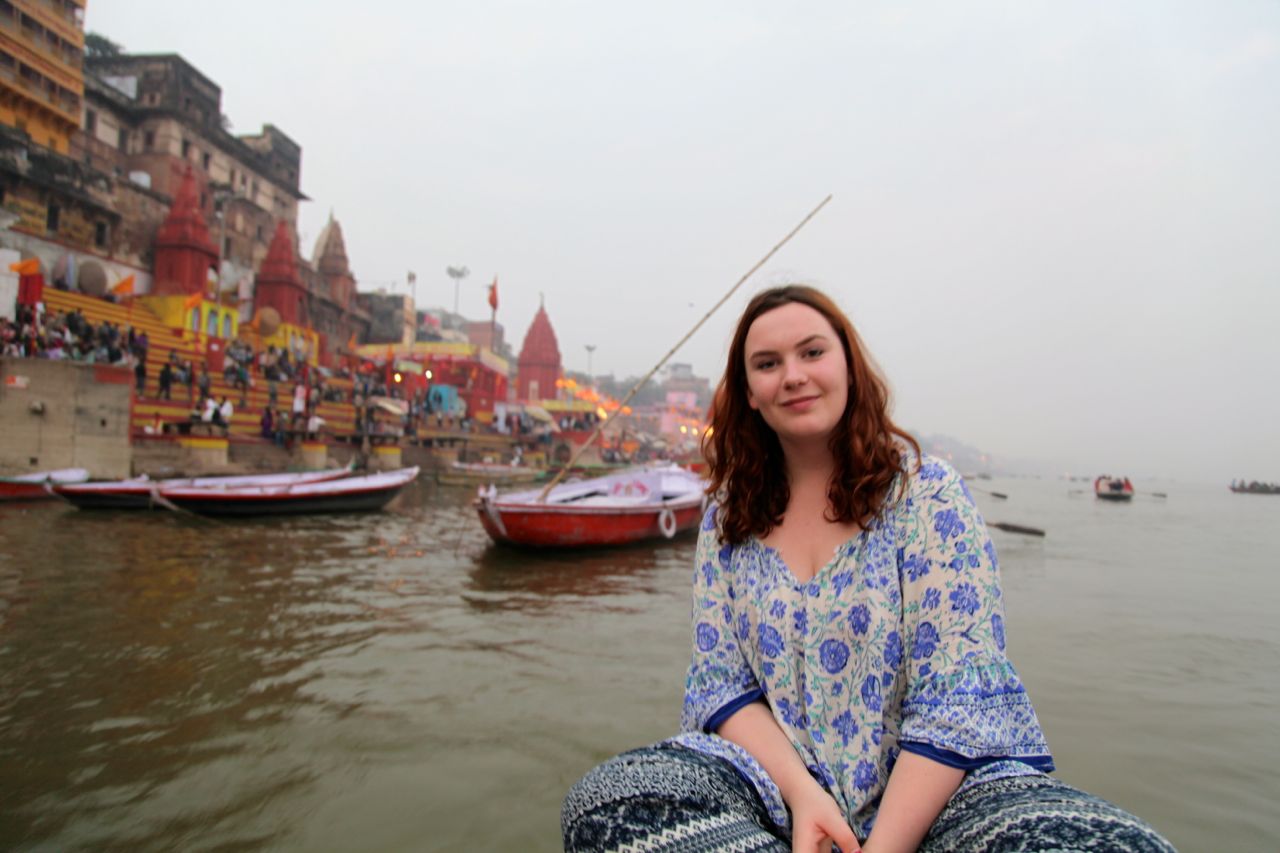I couldn’t make it to the lecture on directing so I discussed it with Arthur outside of class.
He explained that the directors’ specific role on the day of the shoot is to get the actors in the right frame of mind. I thought this was interesting because honestly in the past I had assumed it was solely the actors’ responsibility to be in the right frame of mind and create a convincing performance. The fact that the director is more responsible for this is surprising but makes sense. I’m not sure if that’s the right role for me but some ideas I had for getting people in character would be to create inspiration or mood boards, with media and pictures and words that suited the character that the actor is trying to portray.
Arthur also said the director was responsible for making sure the scenes were done in order of priority so that the most important scenes were completed first. This was something I tried to put into practice when we were filming our project and it is harder than it sounds with practicality of locations and the logic of the orders getting in the way as well.
